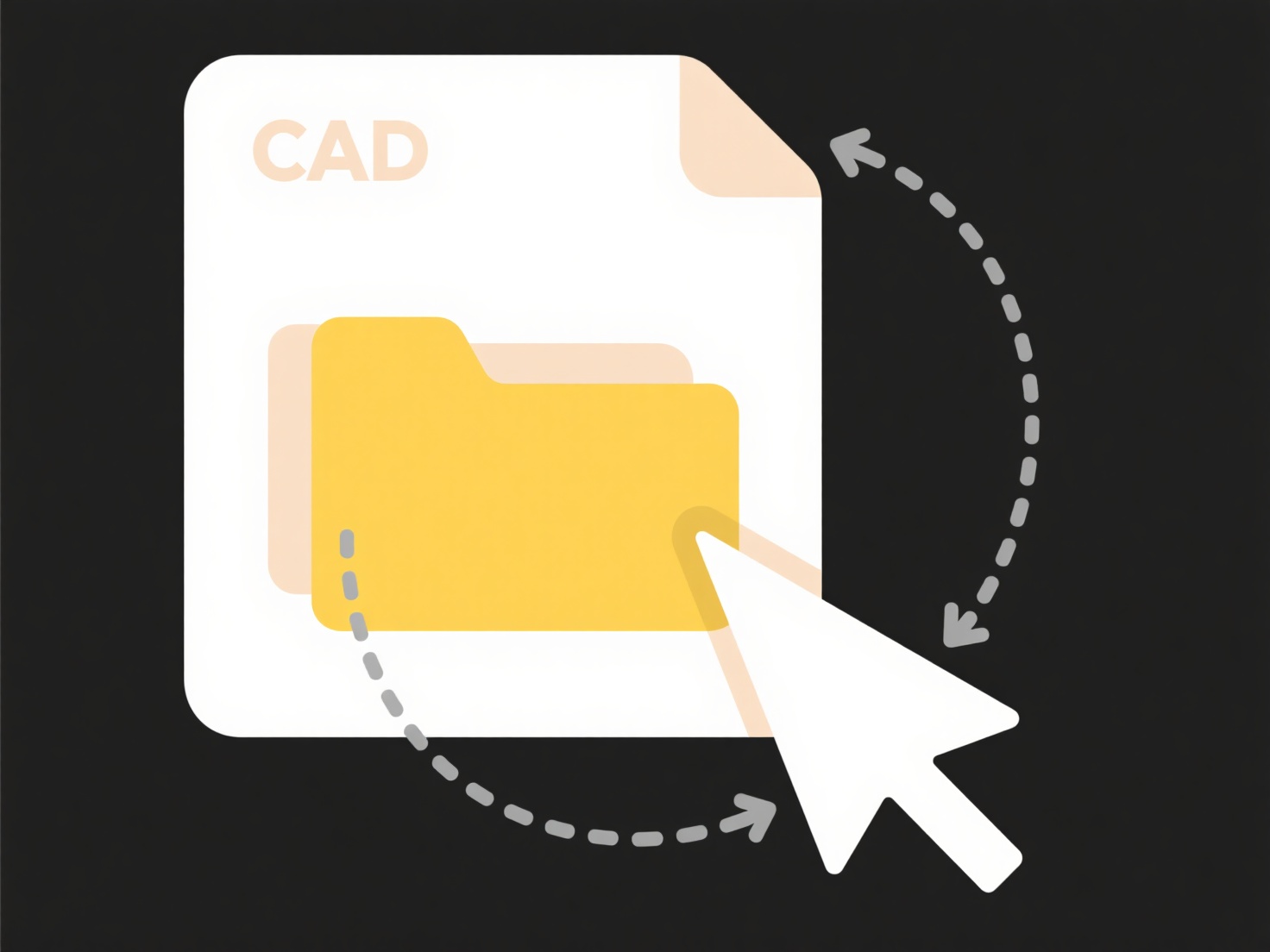
Exporting reports from a database involves extracting formatted query results or summarized data into a separate file outside the database system itself. The database executes your report query (often designed within a reporting tool or interface) and then converts the resulting dataset into a chosen file format suitable for sharing or offline analysis. This differs from simply viewing data on screen; it creates a portable, persistent copy for external use.
Common examples include generating a sales summary for the last quarter and saving it as an Excel (.xlsx) spreadsheet for financial analysis using tools like Tableau or Power BI. Customer support platforms also export filtered ticket lists, often as PDF documents or CSV files, for creating shareable records or offline archives.

This capability offers significant advantages like easy data sharing, archiving important findings, and enabling offline access for stakeholders. However, limitations can include potential formatting issues between the database view and the exported file (especially complex layouts), large exports impacting system performance, and requiring careful data security considerations when transferring sensitive information. Understanding available export formats (like CSV, Excel, PDF) and using the database's native reporting tools or SQL exports ensures reliable results.
How do I export reports from a database?
Exporting reports from a database involves extracting formatted query results or summarized data into a separate file outside the database system itself. The database executes your report query (often designed within a reporting tool or interface) and then converts the resulting dataset into a chosen file format suitable for sharing or offline analysis. This differs from simply viewing data on screen; it creates a portable, persistent copy for external use.
Common examples include generating a sales summary for the last quarter and saving it as an Excel (.xlsx) spreadsheet for financial analysis using tools like Tableau or Power BI. Customer support platforms also export filtered ticket lists, often as PDF documents or CSV files, for creating shareable records or offline archives.

This capability offers significant advantages like easy data sharing, archiving important findings, and enabling offline access for stakeholders. However, limitations can include potential formatting issues between the database view and the exported file (especially complex layouts), large exports impacting system performance, and requiring careful data security considerations when transferring sensitive information. Understanding available export formats (like CSV, Excel, PDF) and using the database's native reporting tools or SQL exports ensures reliable results.
Quick Article Links
How can I tag or label photos for easier searching?
How can I tag or label photos for easier searching? Efficient photo management often involves applying descriptive key...
Can I find documents based on topics or keywords?
Yes, many document management systems and search engines allow you to find documents based on both keywords and topics. ...
How do I decommission cloud data when a project ends?
Cloud data decommissioning refers to the secure and controlled process of removing or permanently archiving project-spec...